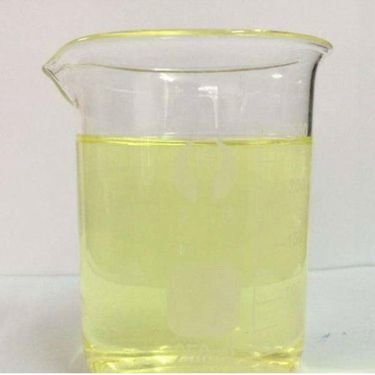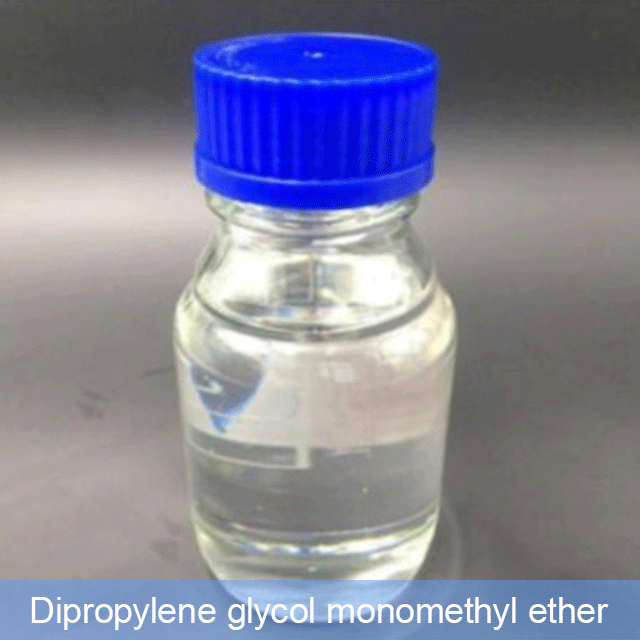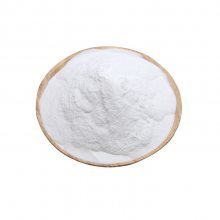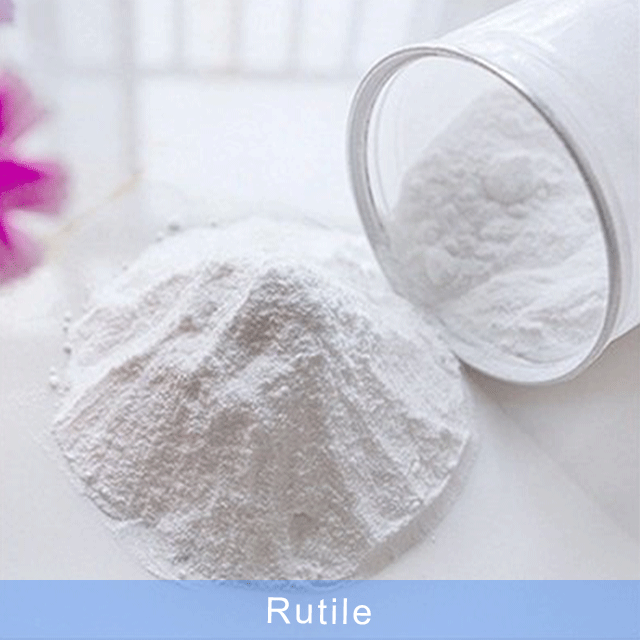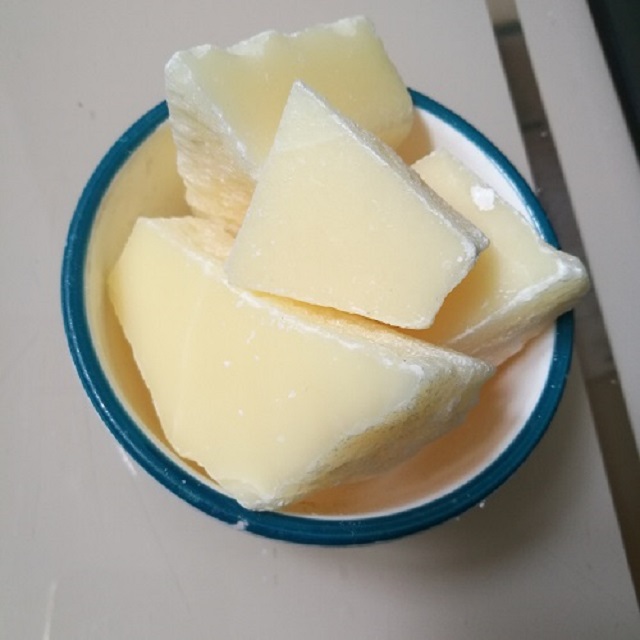hypochlorous acid
Hypochlorous acid has a small molecular weight and is easy to spread to the surface of the bacteria and penetrate the cell membrane into the bacteria, causing the bacteria to oxidize the protein and cause the death of the bacteria. It is a new type of disinfectant, and some hospitals in Japan will have a hypochlorous acid water disinfection system for various disinfection in the hospital.
Sodium hypochlorite is forbidden to be used directly for air disinfection, and is suitable for disinfection of hard surfaces, hospital contaminated objects, white fabrics and medical instruments. There is also a bleaching function for textiles, but when used, pay attention to the proportion and personal protection. Bactericidal mechanism Sodium hypochlorite is hydrolyzed to form hypochlorous acid, which is further decomposed to form new ecological oxygen [O]. The strong oxidation of the new ecological oxygen denatures the proteins and other substances on bacteria and viruses, thus killing pathogenic microorganisms. Uses Hypochlorous acid is commonly used as bleach, oxidant and disinfectant. Due to its strong oxidation and bleaching effect, its salts can be used as bleach agents and disinfectants, and the most important of hypochlorite is calcium salt, which is the active component of bleaching powder (a mixture of calcium hypochlorite and basic calcium chloride).
Hypochlorous acid, as a disinfectant, is widely used in the disinfection of contaminated objects such as surfaces and fabrics, as well as water, fruits and vegetables and drinking utensils. In addition to the above uses, hypochlorous acid can also be used for indoor air, secondary water supply equipment surface disinfection, hands, skin and mucous membranes.
Related products
-
Industrial Grade
Dipropylene glycol monomethyl ether
-
Industrial Grade
L-Serine
-
Industrial Grade
Rutile
-
Cosmetic Grade
POLYGLYCEROL-10STEARATE(CanowQ-18C-10)

